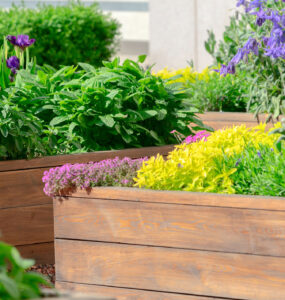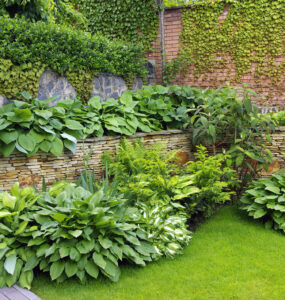Hummingbirds provide just as much graceful beauty as the flowers they love to visit. With gorgeous colours and whizzing wings, It’s easy to see why they’re one of the highest anticipated visitors to the garden each year. Flapping their feathers at a whopping 50-80 beats per second on average, these guys are absolutely captivating. With so much movement, these guys are pretty hungry, like all the time. The best way to attract hummingbirds to your garden is to feed them by introducing some of their favourite plants and nectar-holding feeders.
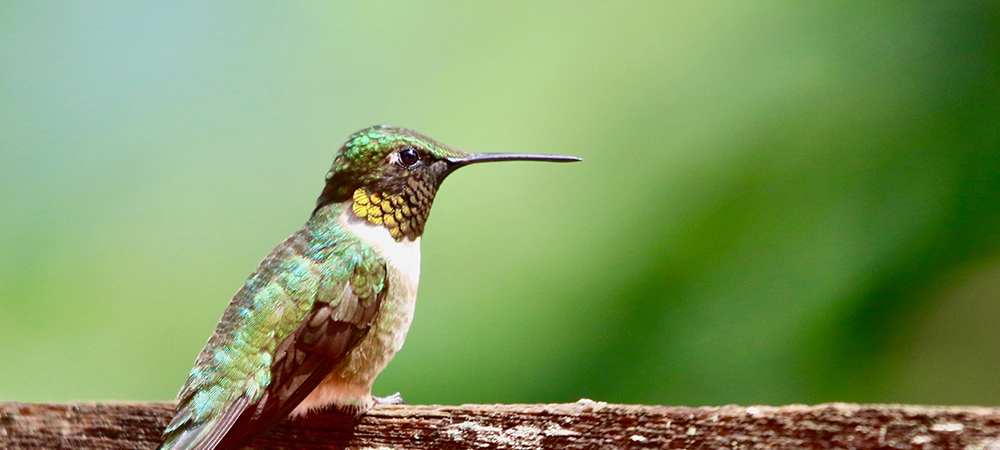
Plants Hummingbirds Like
Hummingbirds feed off of flower nectar, and they need lots of it to fuel their high energy needs and fast-flapping wings. They’re particularly attracted to red and orange hues and tubular-shaped flowers, which they can reach with their long, tapered bills. Here are some other hummingbird favourites:
Salvia: This plant hasn’t been dubbed “˜Hummingbird Sage’ for no reason “” the two are a perfect match! Hummingbirds hover next to the plant to feed on its nectar, covering themselves in pollen, which they then carry on to the next plant. These spiky flowers are covered in tiny blossoms that display a variety of colours. The thrive both in the garden and in containers, as long as they’re placed in full sun.
Delphinium: Otherwise known as Larkspur, this flower is yet another spiky flower, complete with tall racemes of cottage-style blooms. These towering flowers display stunning, cool shades of blue, purple, pink and white “” lots of big colour to catch a hummingbird’s eye. Since they grow pretty large, plant them about a foot apart to give them lots of space. Give them moist soils and full sun to keep their colours bright!
Bee Balm: Bee balm, also called Monarda, offers a vivid display of gorgeous, spiky blooms. These vibrant blooms are eye-catching to people and pollinators alike, attracting not just hummingbirds but also bees and butterflies to your garden. They display bright shades of pink, purple and white, but red varieties are the hummingbird’s favourite. Plant bee balms in full sun and these self-seeding plants will quickly spread throughout your garden, creating a hummingbird paradise.
Foxglove: The cascading flowers of Foxglove are a hummingbirds dream “” bright, bell-shaped, and filled with nectar! Their wide-mouthed blooms make them especially inviting for hummingbirds, as they can quickly hover from flower to flower. In the garden, foxgloves add lovely shades of purple, pink, yellow, white, and red, as well as vertical interest with stems that can reach up to 6 feet in height. These hardy flowers flourish in almost any sunlight condition but prefer protection from the afternoon sun.
Columbine: Known for their bell-shaped blooms and long, narrow spurs that decorate the back of the flower. These flowers display a wide range of colours, sometimes even more than one! Of course, red columbines, with their crimson spurs and pretty yellow petals, are a hummingbirds favourite! Plant these beauties in partial shade, since they don’t like too much heat on their showy petals.
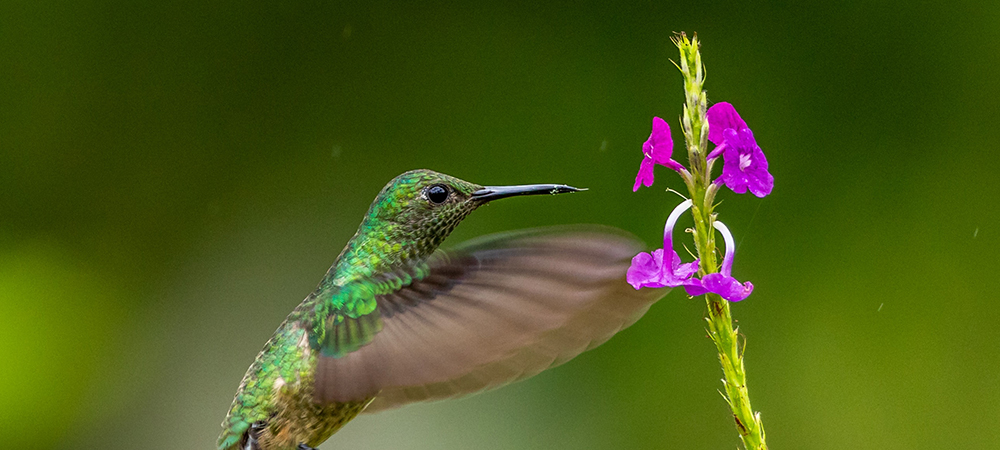
Hummingbird Feeders
Introducing nectar-producing flowers to your garden is a great start for attracting hummingbirds. But flowers don’t bloom all year long, and other pollinators like to buzz or flutter in and share that sweet nectar, too. A surefire way to keep hummingbirds around is to put out a specialized feeder for our fast-flying friends.
Hummingbird feeders are designed to hold nectar solutions, usually in plastic or glass capsules, with nectar ports that are accessible to hummingbirds but resistant to bees and other birds. Some are also equipped with an ant moat, to keep those sugar-loving crawlers out. Of course, the most effective hummingbird feeders are bright red in colour, which helps attract them to your garden in the first place!
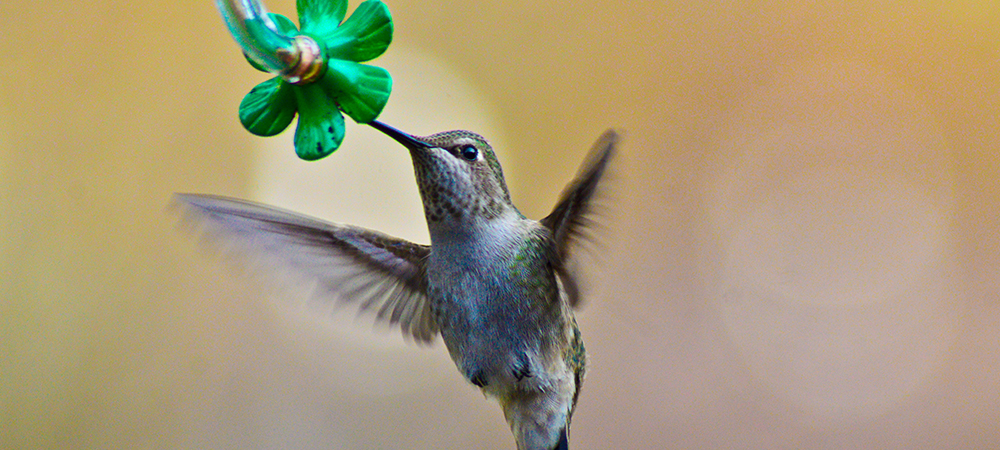
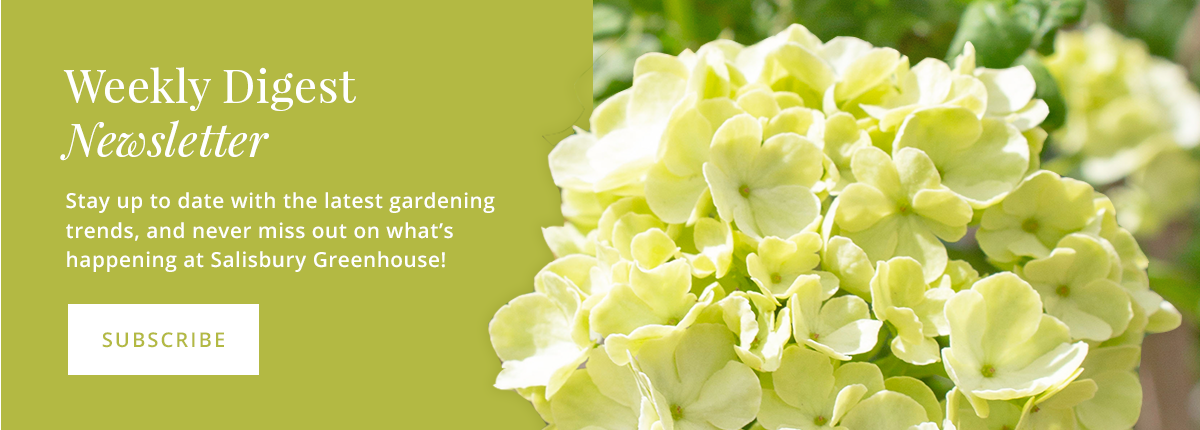
Hummingbird Nectar Recipe
Unlike feeds and seeds that make a mess, hummingbird nectar is a simple solution that you can buy right at home! All these graceful beauties need to fuel their high energy needs is sugar, but getting the right concentration is key. Here’s an easy recipe to fill your feeder with:
- Mix 1 part sugar with 4 parts water
- Boil the solution to sterilize it
- Let it cool and then fill your feeder!
It’s that simple! If you have any left over, just store it in the refrigerator for later use. Remember, while hummingbirds are attracted to bright colours, dyes should not be added to the water. The feeder itself will attract them and the sweet taste of the sugar water will be enough to keep them coming back!
Everything about hummingbirds is face-paced “” as quick as they come, they’re off again to the next plant. The best way to keep them around is to ensure you’ve always got a steady supply of sweet nectar and lots of hovering space. Make your garden a hummingbird habitat and you’ll have these mesmerizing birds around all season long!


